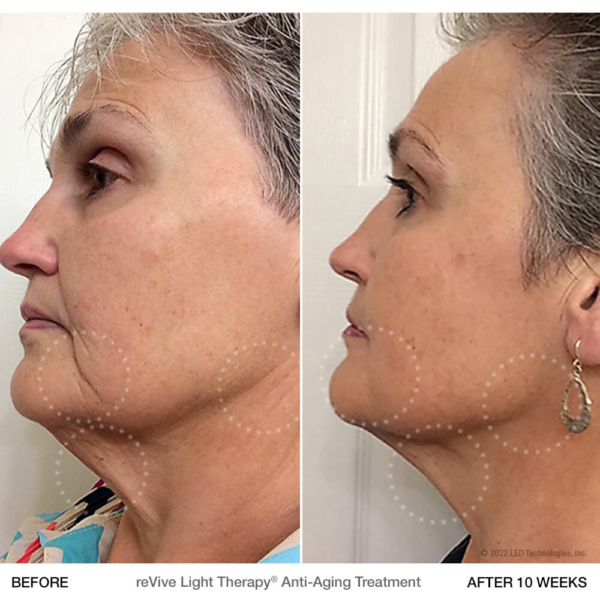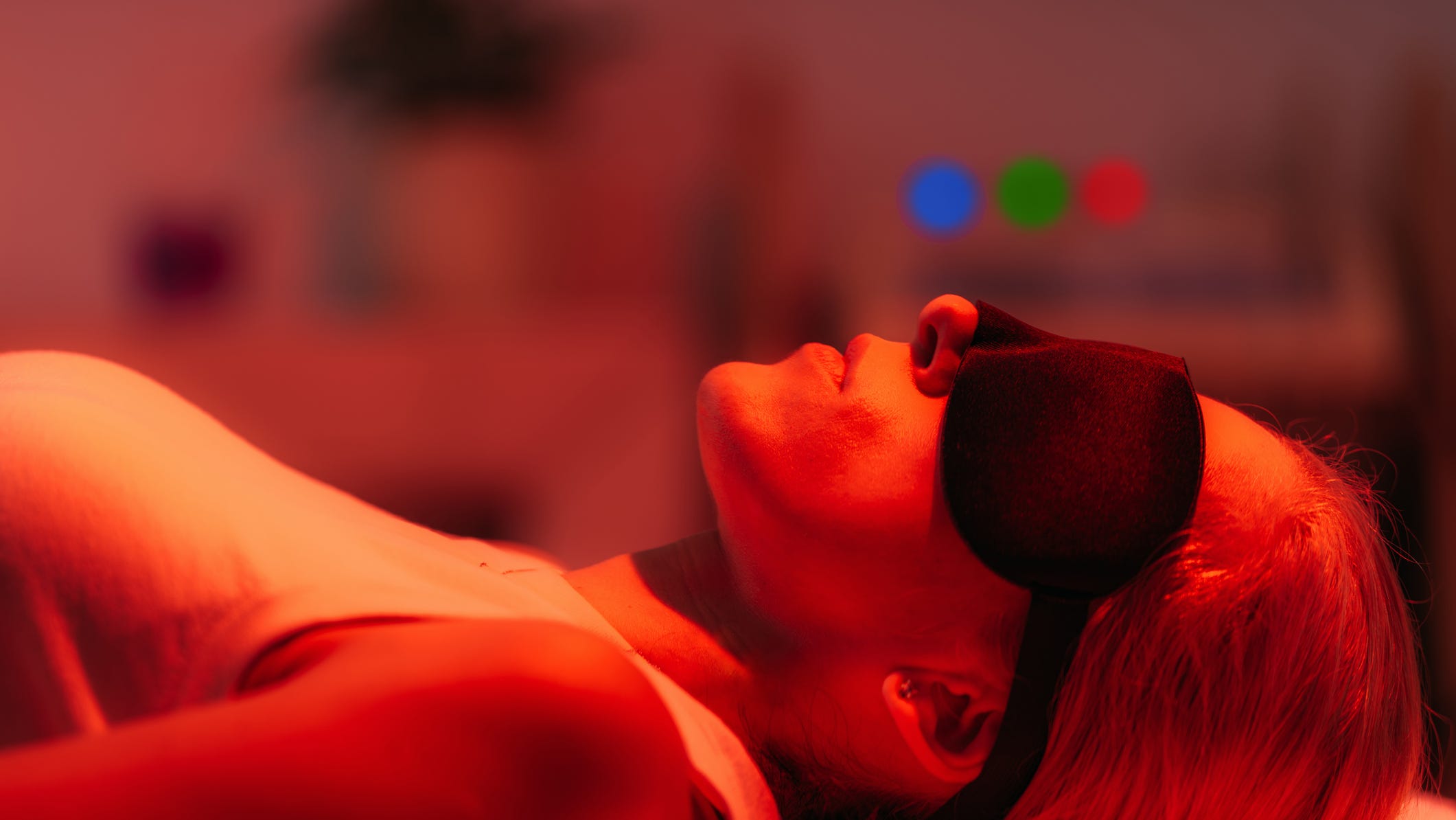Photobiomodulation Therapy: A Sign of Expect Persistent Conditions
Wiki Article
Opening the Potential of Photobiomodulation: A Promising Technique for Healing Intervention
Are you interested regarding the capacity of photobiomodulation for restorative intervention? By targeting certain cellular procedures, photobiomodulation has actually revealed prospective in accelerating wound recovery, minimizing discomfort, and promoting tissue regrowth. In this intro, we will explore the devices of activity, applications in medicine, and the current proof sustaining the efficiency of photobiomodulation.Comprehending Photobiomodulation
To recognize photobiomodulation, you need to realize the concept of exactly how light therapy can straight affect cellular procedures in your body. Photobiomodulation, likewise recognized as low-level light therapy, is a non-invasive therapy that utilizes certain wavelengths of light to stimulate biochemical reactions in your cells.The healing effects of photobiomodulation are far-ranging and have been examined extensively in different clinical fields. It has revealed promising cause advertising tissue repair work and regrowth, decreasing swelling, easing discomfort, and enhancing wound recovery. Moreover, photobiomodulation has been located to have a positive effect on neurological problems, such as stressful brain injury and stroke, by promoting neural task and promoting neuroplasticity.
Among the vital advantages of photobiomodulation is its security account. Unlike various other treatments, photobiomodulation does not trigger or generate any kind of warmth tissue damage. It is a non-invasive and painless procedure that can be carried out in a scientific setup or also in the convenience of your very own home with using mobile tools. However, it is vital to keep in mind that photobiomodulation needs to be provided by experienced experts or according to the supplier's guidelines to ensure ideal results and safety.

Systems of Action
In recognizing the devices of action, you will certainly discover just how photobiomodulation straight influences mobile processes via certain biochemical reactions. When light is used to the body, it is taken in by chromophores, such as cytochrome c oxidase and flavins, which exist in the mitochondria. This absorption brings about a cascade of occasions that eventually result in mobile changes.Photobiomodulation boosts the task of cytochrome c oxidase, an important enzyme in the mitochondria that is entailed in the electron transport chain. As an outcome, mobile metabolic process is boosted, promoting tissue fixing and regrowth.
In addition, photobiomodulation has been shown to regulate mobile signaling pathways. It activates different development elements and indicating particles, such as nitric oxide and responsive oxygen species, which play crucial duties in processes like angiogenesis, cell, and swelling proliferation. These signaling pathways add to the restorative results of photobiomodulation, promoting cells recovery and minimizing pain and swelling.
Applications in Medication
Explore the varied applications of photobiomodulation in medication. Photobiomodulation, additionally called low-level light treatment, is a non-invasive therapy that makes use of light to stimulate cellular processes and promote healing. In medicine, this technique has shown promising results across various areas.Among the key applications of photobiomodulation is in discomfort management. photobiomodulation. It has been utilized to ease both intense and persistent pain, including bone and joint problems, neuropathic discomfort, and post-operative pain. By targeting the afflicted area with specific wavelengths of light, photobiomodulation can reduce swelling, advertise tissue repair work, and offer relief
In addition, photobiomodulation has actually revealed prospective in wound recovery. It can speed up the healing process by boosting cell spreading, advertising angiogenesis, and decreasing scar cells formation. This has significant implications in the therapy of chronic wounds, such as diabetic person abscess and pressure sores.
In dermatology, photobiomodulation has actually been made use of for its anti-inflammatory and regenerative results. It can enhance the appearance of marks, lower acne sores, and promote hair growth in problems like androgenetic alopecia.
In addition, photobiomodulation has actually shown guarantee in neurorehabilitation. It can enhance cognitive feature, enhance motor recuperation, and help in the treatment of neurodegenerative diseases like Alzheimer's and Parkinson's.
Professional Evidence and Research Searchings For

In the area of musculoskeletal disorders, photobiomodulation has been discovered to lower discomfort and read this post here swelling, boost range of motion, and accelerate tissue repair work. Furthermore, photobiomodulation has actually revealed favorable results on wound healing by promoting collagen synthesis, fibroblast, and angiogenesis expansion.
Additionally, study has actually revealed that photobiomodulation can have neuroregenerative and neuroprotective results. It has actually been located to improve cognitive feature, decrease neuroinflammation, and enhance neuronal survival and synaptic plasticity. This has essential effects for the therapy of neurological problems such as Alzheimer's condition, Parkinson's condition, and stroke.
Future Instructions and Possible Obstacles
Moving onward, it is crucial to think about the future directions and potential obstacles surrounding the usage of photobiomodulation as a therapeutic intervention. Currently, there is no agreement on the optimum wavelength, intensity, period, and frequency of photobiomodulation therapy.Another crucial future direction is the advancement of portable and cost-efficient photobiomodulation devices. While present devices are efficient, they are frequently cumbersome, expensive, and require professional supervision - pbm therapy. The development of easy to use and budget-friendly tools would greatly improve access to this therapy, allowing more people to gain from its potential restorative impacts
In addition, future research ought to concentrate on illuminating the devices underlying photobiomodulation. Despite its growing popularity, the precise systems whereby photobiomodulation applies its healing results are not completely comprehended. Comprehending these mechanisms would certainly not just improve our understanding of the treatment yet additionally help in the growth of even more targeted and effective interventions.
However, there are also potential challenges that need to be dealt with. photobiomodulation laser. These consist of the demand for standard methods, the need for properly designed professional tests with bigger sample sizes, and the need for long-term follow-up studies. Governing and safety and security considerations should be taken into account to make certain the effective and safe usage of photobiomodulation in scientific method.
Conclusion
To conclude, photobiomodulation holds excellent guarantee as a therapeutic treatment in medicine. Its great site devices of activity click here for more info and medical proof recommend its possible for treating various problems. However, more research study is required to completely recognize its advantages and attend to any prospective obstacles. With continuous researches and developments in this area, photobiomodulation has the potential to unlock brand-new opportunities for improving client results.Are you curious about the capacity of photobiomodulation for restorative treatment? By targeting certain mobile procedures, photobiomodulation has actually revealed possible in increasing wound healing, reducing pain, and promoting tissue regeneration.Additionally, photobiomodulation has shown potential in injury recovery.Relocating onward, it is vital to consider the future directions and potential challenges bordering the use of photobiomodulation as a restorative intervention. With ongoing studies and advancements in this area, photobiomodulation has the possible to open new possibilities for improving patient end results.
Report this wiki page